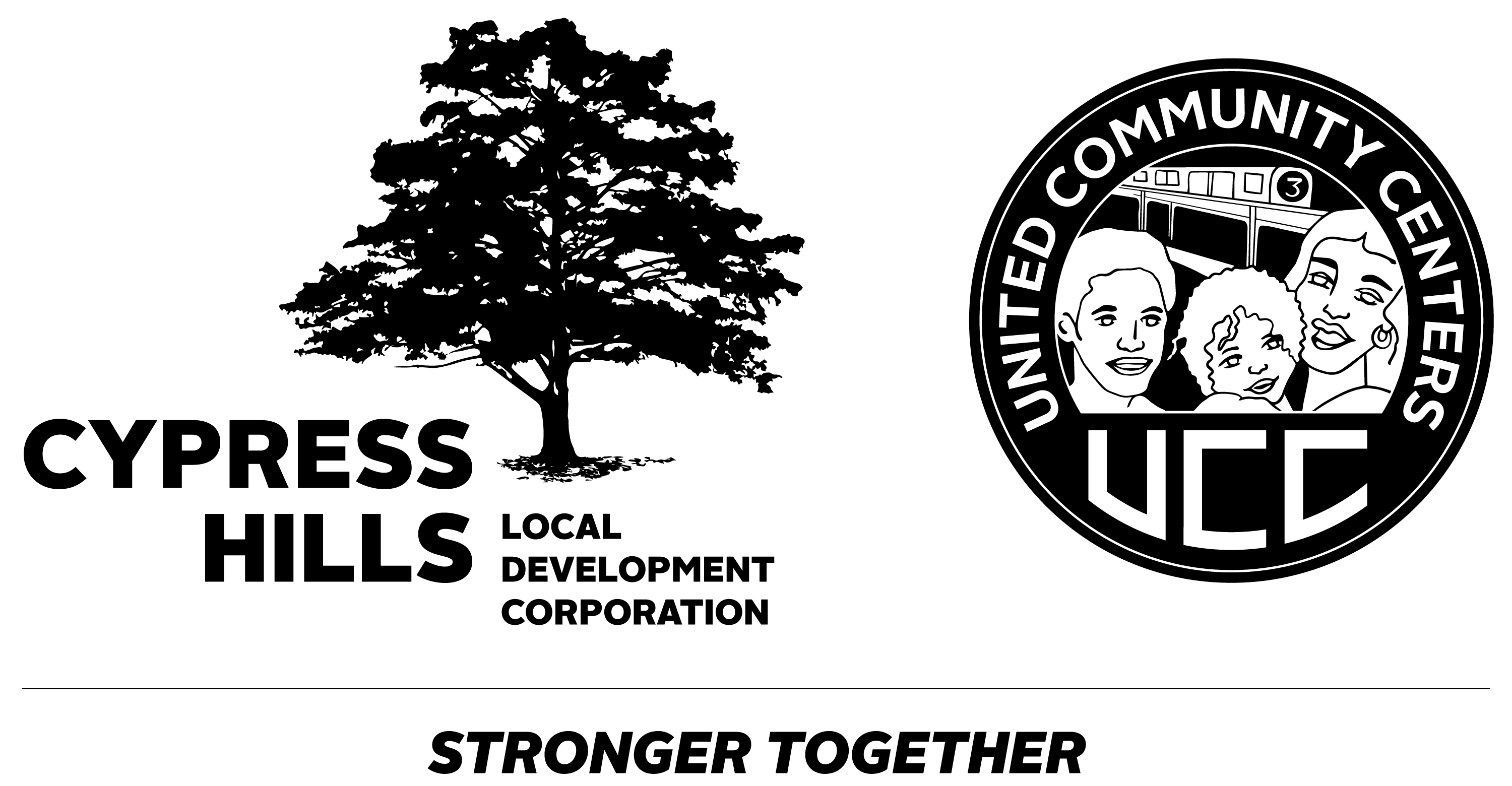A Community of Growers: How East New York Farms builds food security and provides jobs for its neighborhood.
Written by Amanda Ang for Civil Eats, Read the full article HERE

Half an acre of farmland sits just off New Lots Ave subway station, where the 3 train terminates in Brooklyn, New York.
Here, youth interns, staff members, and volunteers amble about, wheelbarrows and shovels in hand. They joke and laugh with each other as they plant and water seedlings, and bag heaps of soil and compost.
This is East New York Farms’ Youth Farm.
East New York has the largest number of community gardens of any neighborhood in New York City, 60 and counting. They popped up in response to the wholesale disinvestment in the neighborhood that began in the 1960s, with the decline of manufacturing jobs after the Second World War.
Then, Germans, Italian, and Russian immigrants, who used to constitute the majority of the neighborhood, moved out en masse. Simultaneously, African Americans and Puerto Rican migrants moved in, hoping to find work in New York City.
As of 2022, approximately 80 percent of East New York’s population was Black and brown, according to the Furman Center. That year, median income in the neighborhood was $56,510—27 percent lower than NYC as a whole.
The systemic poverty in the neighborhood, coupled with its location on the outskirts of the city, has reduced the availability of fresh, affordable produce.
Urban farms like East New York Farms have thus become essential resources for these marginalized communities.
On a crisp day in early April, the farm was preparing for its first spring event: free soil distribution for community and home gardeners.
Though the event got off to a slow start, residents of East New York soon began to pull up.
They’d signed up via a pre-registration sheet that gave priority to locals.
Sra Feigelman, the farm’s compost manager, placed a few bags of fresh soil in a wheelbarrow and helped to load them into the gardeners’ vehicles.
The farm’s soil and compost giveaways provide a valuable resource for homeowners hoping to start planting.
“A lot of people don’t have that option [of buying] all that expensive bagged stuff you see at Home Depot,” said Feigelman.
Inside a greenhouse on the other end of the farm, Alexx Caceres looked over their newly seeded crops.
An East New York native, Caceres first began farming to connect with their Indigenous roots, and also in hopes of feeding the residents of their neighborhood, which lacks healthy, affordable food options.
“It was very interesting growing up here,” Caceres said. “I really enjoyed it. But we did have a lack of resources too, like fresh foods and things like that, so my mom and my dad would go to pantries.”
To serve people like Caceres’ family, the farm grows an abundance of culturally relevant crops, such as bitter melon, collard greens, and Malabar spinach. These cater to the Caribbean and Latinx populations of East New York.
“[East New York] is like a food swamp: There’s tons of choices if you go to McDonald’s, Wendy’s, Checkers—any fast food place you could dream of is here,” Feigelman said.
Fresh fruits and vegetables are much harder to find. That’s why the farm donates its produce to neighborhood food pantries such as the Wesleyan Church Food Pantry.
Aside from their produce, soil, and compost giveaways, East New York Farms offers a paid internship program for East New York youth aged 14 to 21.
In their first year, interns cycle through the farm’s various departments: compost, farming, publicity, and market (which oversees the summer East New York Farmers’ Market).
Interns who return in their second year can opt to join the department of their choice. If they return for a third year, they become junior staff members.
Brothers Joshua John, 17, and Matthew John, 15, live a five-minute walk away from the East New York Farm, and both chose to return for a second year of the internship.
“It doesn’t even feel like work,” Joshua said.
In their down time, the interns play with the farm’s furry residents: stray cats that Caceres rescued. They live on the farm, and visitors and volunteers often find them prancing between rows of vegetables or curled up in a warm corner of the greenhouse.
The farm also seeks to be an inclusive space for all.
Caceres, who identifies as non-binary, has made it their goal to establish a welcoming culture on the farm.
Now into their third season, they serve as a reassuring presence.
“I feel like a lot of people who see me as a queer person, it attracts more people who are queer or different—and they feel safe to come in,” Caceres said.
On a sweltering summer afternoon in May, a long line snaked around the block leading to the entrance of East New York Farms.
In line with planting season, the farm was organizing its annual plant sale.
On a sweltering summer afternoon in May, a long line snaked around the block leading to the entrance of East New York Farms.
In line with planting season, the farm was organizing its annual plant sale.
Plants are sold at affordable prices, and residents can use their Supplemental Nutrition Assistance Program (SNAP) credits to purchase edible crops.
But as with many other community farms and gardens in New York City, the farm was threatened by Mayor Eric Adams’ budget cuts, which eliminated all funding for community composting in 2023.
Though the funding for the NYC Compost Project has been restored for next year’s budget, the future of community composting in New York remains uncertain. After all, this was not the first time the funding for community composting has been cut; it was suspended for 14 months during the COVID-19 pandemic in 2020.
For now, the return of funding is being celebrated.
“Today, we celebrate these wins. Tomorrow, we continue the work toward a cleaner, safer, climate-resilient city,” said City Council member Shaun Abreu in a statement.
The staff of East New York farms share similar sentiments—that it is essential to protect community programs such as the NYC Compost Project.
“To take away community programming makes New York really unsafe, because people stop showing up for each other,” Feigelman said.
She put down her lunch of fresh greens.
After pausing for thought, she continued.
“If Eric Adams wants to focus on reducing crime and community safety, forcing that isn’t going to work. You have to make people want to be here and look out for their neighbors and take care of each other.”

